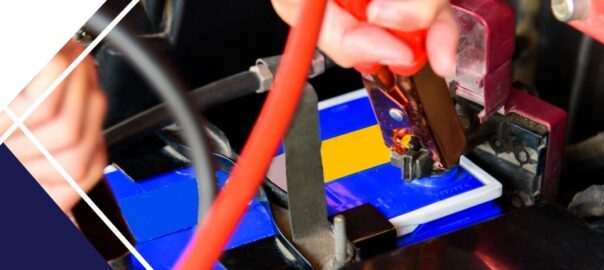When your car refuses to start due to a dead battery, a vehicle jump start is often the quickest solution. While the basic concept is similar for most cars, the process can vary slightly depending on the type of vehicle you’re working with. From compact sedans to hybrid models, knowing how to safely jump-start each type can prevent damage and keep you safe.
Standard Gas-Powered Vehicles
Most traditional gas-powered vehicles follow the classic jump start method. To begin, you’ll need a set of jumper cables and another vehicle with a working battery:
- Park the working car close to the dead one, turn both off, and open the hoods.
- Connect the red (positive) cable to the positive terminal of the dead battery, then to the live battery.
- Connect the black (negative) cable to the negative terminal of the live battery, then attach the other black clamp to an unpainted metal surface on the dead vehicle (not the battery).
- Start the working car, let it run a few minutes, then attempt to start the dead car.
Once it starts, leave it running to recharge the battery and disconnect the cables in reverse order.
Hybrid and Electric Vehicles
Hybrid vehicles can be trickier. Some hybrids have a traditional 12-volt battery to start the engine and power accessories, and this can be jump-started like a regular car. However, you must never attempt to jump-start the high-voltage battery system, as it requires special training and equipment.
Electric vehicles (EVs) typically don’t require jump-starting for propulsion, but if their 12-volt system fails, accessories and electronics may not work. In this case, consult the owner’s manual or contact professional roadside assistance.
Diesel Trucks and Heavy-Duty Vehicles
Larger trucks and diesel vehicles often use two 12-volt batteries in series. You’ll need heavy-duty jumper cables and potentially a stronger donor vehicle or a jump box rated for diesel engines. Always check that the connections are secure and match the right terminals.
No matter the type of vehicle, safety is key when performing a vehicle jump start. Always wear gloves and safety glasses, avoid touching cable clamps together, and refer to your owner’s manual. When in doubt, calling a professional can ensure the job is done correctly. With the right knowledge, you’ll be ready to get back on the road—safely and efficiently.
READ MORE:

